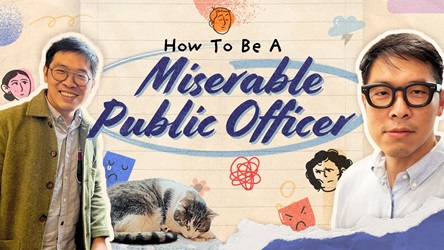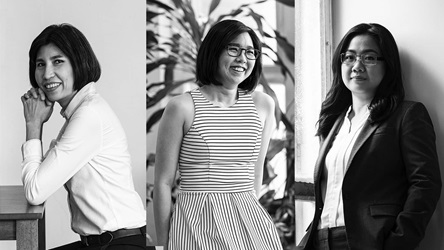What We Offer Has To Be Extra Special

Senior Consultant, Singapore Tourism Board (2004 – present)
Senior Director, Product Development, Singapore Tourism Promotion Board (1985 – 2004)
DEAR YOUNG OFFICER,
In the 1970s a common tourist complaint was, “Singapore is bulldozing its heritage, knocking down shophouses by the row.”
What they were seeing was “acquisition, demolition and amalgamation”, the government’s mechanism to create large new sites for our future financial district. And, while there was the Preservation of Monuments Board, its focus was saving isolated buildings and monuments, not whole districts.
The Singapore Tourist Promotion Board (now Singapore Tourism Board) and the Urban Redevelopment Authority were keen to save whole districts such as Chinatown and Little India, but we knew we had to work in sync with Cabinet. A positive signal from Cabinet finally came in early 1984 when Singapore found itself overbuilt in every sector. We had too many flats, office buildings, hotels and hospitals. Construction was down, hotel rooms were empty, and developers were jittery.
This was our golden chance. Tourism became a new area that would attract investments and create new jobs.
In 1986, the Tourism Product Development Plan was launched, which led to the conservation of the whole districts of Chinatown, Little India, Kampong Glam (we called it Kampong Glam so we could save the bigger area, not just Arab Street), our Civic District, and many more sites.
Mr Ngiam Tong Dow, the then Permanent Secretary of the Ministry of Trade and Industry as well as Finance, had set a target of three months for our Plan to be ready. All 12 government agencies involved worked under tremendous pressure not because of the deadline but because we feared missing out something important.
We must remember that tourists travel to see and experience something different, and that “something different” must be worth the cost of travel. Singapore is not cheap, which means what we offer has to be extra special.
We introduced festive lights along Orchard Road in December 1984, and called it Christmas at the Equator. Instead of a snowy white Christmas, we offered the glamour of Christmas in a warm, tropical setting

In 1987, to bring bumboats back to the Singapore River, I had to seek clearance from four agencies in charge of different parts of the river. This experience helped a year later when lighting up the bridges of the Singapore River, and later the Civic District. I worked hard to convince all involved – the power department, urban planners and building owners – of the benefits. Where we saw “no man’s responsibility” dark spots in the past, we now enjoy a united new face of lighting and a beautiful Singapore at night.
I built Changi Chapel Museum from scratch and arranged for the chapel to be consecrated at a special service for former prisoners of war. Today, the museum tells the story of those who lived and died in Changi during World War II. The guestbook and notes on the altar attest to Changi Chapel’s lingering appeal.
Different tourists come to Singapore for different reasons. Regional tourists come for our big city amenities, our medical and educational facilities, and our entertainment. Others come to see if we are really that strict and clean Asian miracle they had heard about. We must always keep ahead to offer the latest and the best.
Sadly, I failed to bring to Singapore the European Standards of Conservation, by which buildings are restored according to a country’s natural climate. In Singapore’s case, it would be thick walls to keep out the heat, pitched roofs to flush heavy tropical rains and air wells to keep humidity away.
And though retired, I led the purchase of the ninth-century Tang Shipwreck Treasure of 54,000 very rare artefacts. Today, it is not fully appreciated, but as Singapore matures in our cultural appreciation, the treasures will tell the Maritime Silk Route story. And, I believe, Singapore will be able to leap ahead as a cultured city with a world-class collection that boldly re-writes history.
- POSTED ON
May 1, 2015
- TEXT BY
Pamelia Lee
-
Profile
What If My Best Is Average?
-
Infographics
Projects That Push Productivity









